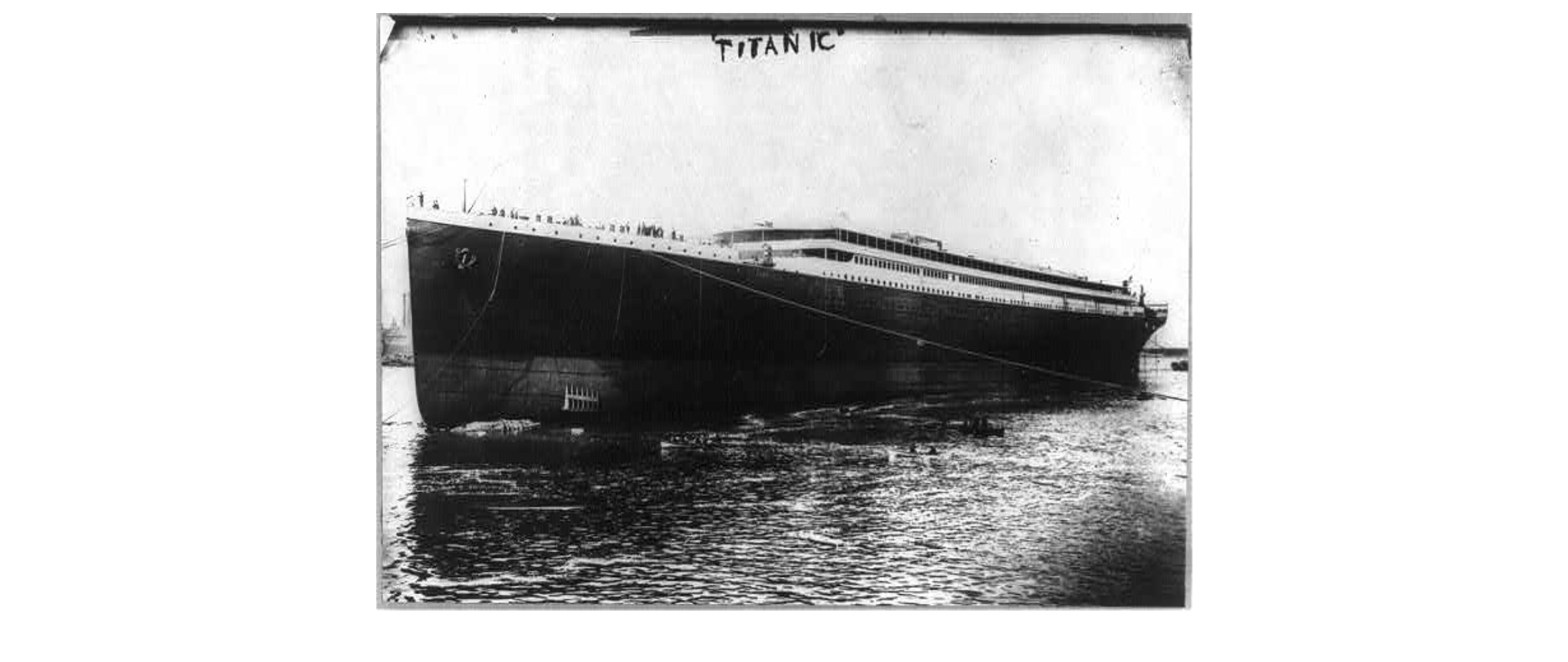Several years ago, I stared at a pile of research papers and thought to myself, “I can’t do this anymore. I can’t read one more essay on abortion, gun control, or the death penalty.”
I knew I had to find a better way of teaching the research process to my students. They were bored with the overused topics, and I most definitely was as well. I wanted to find something that we all could explore together, but each student could focus on an area that interested them. I found it at the bottom of the North Atlantic. With the help of a history colleague, we designed a multi-disciplinary research unit on the sinking of the Titanic.
This year marks the 110-year anniversary of the sinking, and it still fascinates teenagers. From the soap opera drama amongst the passengers to the tragic outcome, my students enjoy researching the many facets of the historic event. Those who are interested in history, often explore the social classes of the Gilded Age or the backgrounds of the famous victims. Students who prefer science and math study the ship’s engineering and the reasons for its ultimate demise. My students who prefer the arts have plenty to research, as well. From the fashion to the musical orchestrations, there is something for everyone in this timeless tale of man versus nature.
If you would like to incorporate a similar research project into your curriculum, I recommend the following resources to help you get started:
The Mariners Museum – This museum in Newport News, Virginia, has a wide collection of artifacts for the students to explore.
Saving the Titanic – This docudrama by PBS gives an excellent overview of what happened on April 14, 1912, and the days leading up to it.
Primary Sources – This collection of primary sources cultivated by the Library of Congress is a perfect way to introduce the research process to your students.
If you decide to dip your toe into the waters of this rich topic, I wish you and your students calm seas and smooth sailing on your new journey. Bon Voyage!
Heidi Speice is an English teacher for Virtual Virginia and an eMediaVA Ambassador.
